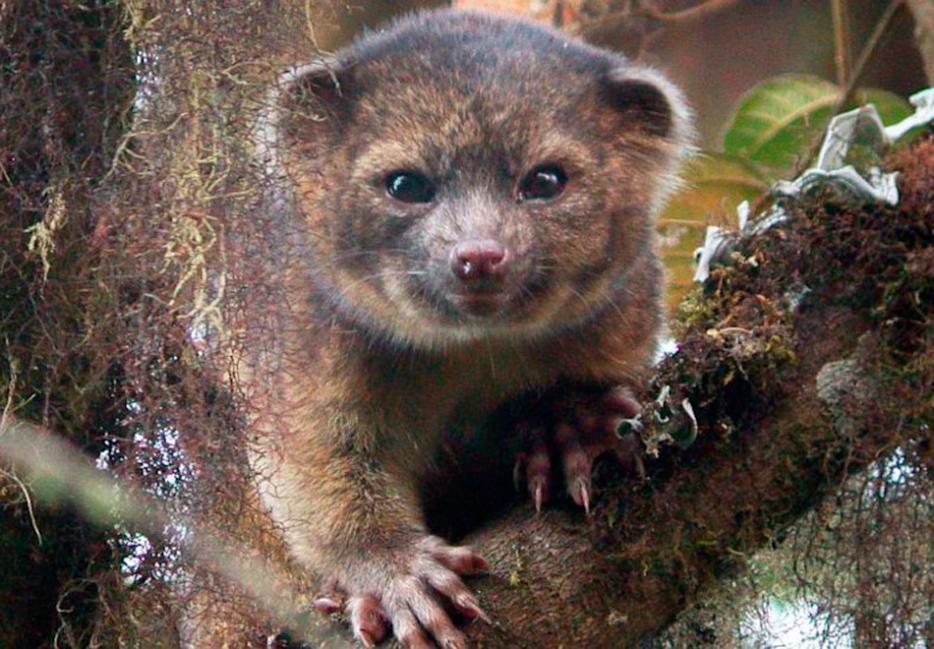“Don’t read the comments,” the smug and placid always tell you, but how else do you gain access to the dark id of 21st century humanity? How else do you learn that, as a people, we are cranky, gratuitously racist, really cutting about one another’s bad grammar, and freakishly obsessed with cute animals?
The comments on any BuzzFeed animal post, for example, reveal the true nature of our frantic pursuit of cuteness. On a recent piece of cutebait entitled “Baby Panda Meets Her Mom For The First Time And It Is Beautiful,” the comments are nearly uniform: Each strives to communicate the exquisite pain of encountering something almost unbearably adorable.
“Oh, lord. When the mama picks up the baby to nurse and cradle, I nearly died,” wrote one commenter, earning 17 likes. “Awwwwwwwwwwww!!!!!!” wrote another, as if the cuteness being displayed was causing physical agony. “I have tears in my eyes,” wrote a third, with tears in her eyes. “It’s too precious for words.”
The subheading of the panda post was “Get the tissues ready, y’all,” an unfortunate choice of words that is inadvertently revealing. It’s true: There really is something undeniably masturbatory about the way we look at animals.
Humans have always enjoyed looking at adorable creatures, but the mass consumption of online cuteness feels different than, say, admiring your medieval village’s most comely goat. Entire web empires are built on our insatiable desire to gaze on the youthful flesh of furry creatures. We click through endless slideshows, feasting our eyes on panda after panda, pug after pug, constantly pursuing the next cute thing when the current one loses its ability to arouse. Tiny owls give way to obese cats. “13 Meerkats That Look Like Niles Crane” become “22 Goats That Just Wanna Get Funky.”
The fetishization of animal cuteness is the latest phase of an animal-human relationship that, after hundreds of thousands of years, seems to have gone wildly off the rails. What other animal spends its time simultaneously torturing and eating and pampering and obsessively gawking at other species? We destroy their habitats, kill them for aphrodisiacs, and then spend our free time drooling over images of their babies. The whole thing is perverse.
It is into this confusing and depraved world that researchers introduced the Olinguito last week. The tiny South American raccoon is a new mammal, or at least new to us. In a world where nearly half of our nine million species could disappear by the end of the century, a newly classified charismatic mammal is big news. It’s the first such discovery in 35 years, offering hope that our rapidly dwindling rainforests and marshlands may yet hold new surprises, that there may still be unexplored vistas on the frontiers of cuteness.
The name, according to man who discovered the species, is Spanish for “little, adorable Olingo,” and it is indeed everything that could be hoped for in a new mammal. It is fourteen inches long and extremely fuzzy. It has ears like a teddy bear and large, forward-facing eyes—an important characteristic if a creature wants to be desired by humans. Its tale is bushy. It dines on figs and plant nectar, like some absurd cliché of a forest-dwelling cartoon creature. You could partner a sassy, animated version of the olinguito with a neurotic sloth and start a billion-dollar movie franchise.
The olinguito’s cuteness was front and centre during its introduction, and with good reason. In a world dominated by humans, the survival of a species increasingly depends on whether or not we find it sufficiently endearing. Cuteness is what divides the panda, which receives of millions of dollars from people desperate to halt its determined march to extinction, from the truly hideous Australian blobfish, which slowly dies in obscurity. Even among high-minded scientists, there is marked favouritism towards the cute and fuzzy. A 2010 study of scientific papers revealed that, while charming, magnetic mammals like chimpanzees and meerkats received plenty of scientific attention, reptiles and fish were relatively ignored. Large, threatened mammals appeared in 500 times more published papers than threatened amphibians.
Exactly how this obsession with cuteness will play out for the rest of the earth’s creatures remains to be seen—one can imagine a world in which particularly adorable animals are saved from extinction only to be imprisoned in some BuzzFeed laboratory/photo studio—but it has clearly already corrupted the human species.
Because the pursuit of cuteness is distinct from the pursuit of beauty. The sound of wolves howling, the flicker of a woodpecker in the trees, a flash of something big and powerful in the forest—these glimpses of natural beauty can be awe-inspiring, sublime. Beauty can make you feel small and humble. Beauty demands respect.
A photo gallery of a basket baby kangaroos, in contrast, makes no such demands. The cute creatures of the Internet are there for your consumption. They are childlike and vulnerable and harmless, inspiring feelings of mastery and protectiveness. Watching an endless cycle of cute animal videos is, in the end, as narcissistic as watching any of the other online videos humans compulsively seek out. See this tiny koala bear hiccup. Watch this sloth encounter a vacuum. Get the tissues ready, y’all.






